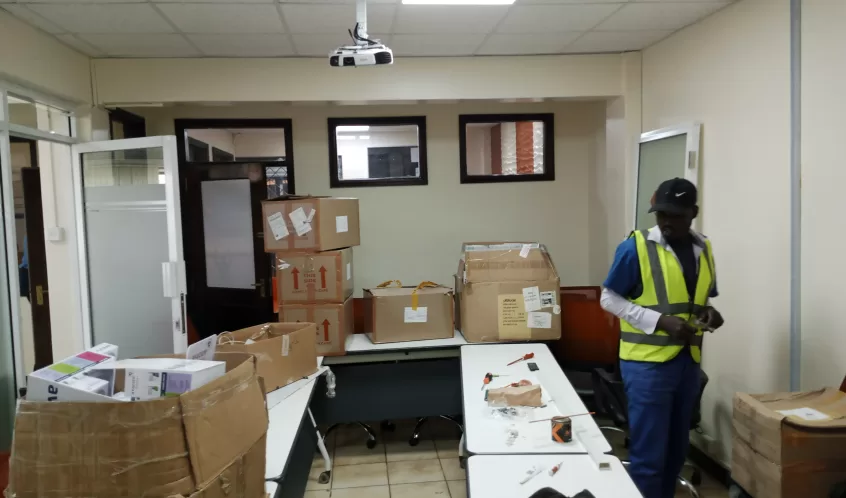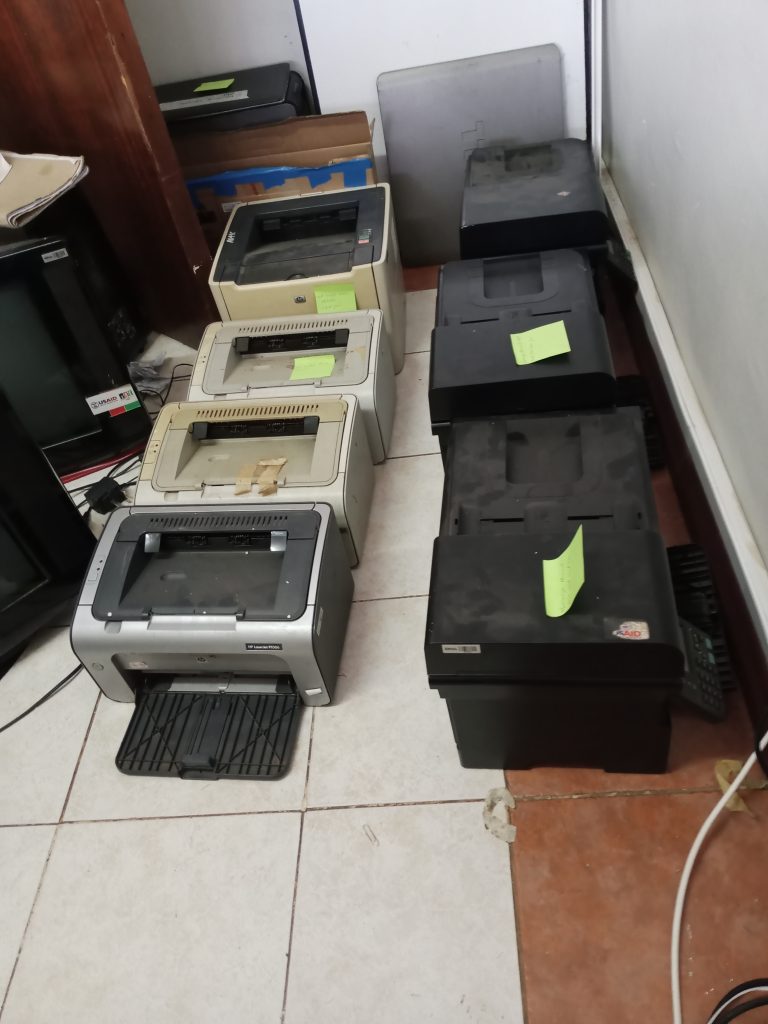
Office IT and network relocation services in Kenya. We offer networking services to your new office to make sure all your devices have been networked. We relocate your IT infrastructure in the strictest security, ensuring that everything stays in the same condition as we found it. And if you require us to dispose of your current IT equipment, we’re certified to carry out secure disposal as well. Relocation of your IT infrastructure involves relocating your sensitive business data as well. We store and track everything we move, so your data-bearing assets are completely accounted for from the moment they leave your old office until they arrive in your new one.
Navigating Smooth Transitions: A Guide to Office IT & Network Relocation
Relocating your office is a significant undertaking, filled with excitement for new beginnings and the anticipation of fresh opportunities. However, amidst the flurry of packing boxes and coordinating logistics, one critical aspect often overlooked is the seamless transition of your IT infrastructure and network. In this blog, we’ll explore the challenges and best practices associated with office IT and network relocation, ensuring that your move is not only smooth but also sets the stage for future success.
The Importance of Planning
As the saying goes, “Failing to plan is planning to fail.” This sentiment holds particularly true when it comes to office IT and network relocation. A comprehensive relocation plan should be drafted well in advance, outlining key milestones, responsibilities, and contingencies. Consider the following aspects:
- Inventory Assessment: Take stock of your existing IT equipment, including servers, networking hardware, computers, and peripherals. Determine what needs to be relocated, what can be retired, and what might require upgrades or replacements.
- Infrastructure Audit: Assess the layout and infrastructure of your new office space. Consider factors such as power outlets, network cabling, and server room requirements. Identify any gaps or limitations that need to be addressed before the move.
- Timeline and Coordination: Establish a timeline for the relocation process, taking into account deadlines for equipment disassembly, transportation, and reinstallation. Coordinate with all stakeholders, including IT staff, vendors, and office management, to ensure a synchronized effort.
- Data Backup and Security: Prioritize data backup and security measures to safeguard against potential risks during the relocation process. Implement robust backup solutions and encryption protocols to protect sensitive information.
Mitigating Risks and Challenges
Office IT and network relocation pose several risks and challenges that need to be mitigated proactively:
- Downtime: Minimizing downtime is crucial to maintaining business continuity during the relocation process. Implement strategies such as staggered equipment relocation, temporary backup systems, and remote access solutions to mitigate the impact of downtime on operations.
- Data Loss: The risk of data loss during relocation is a significant concern. Ensure that data backups are up to date and securely stored offsite. Consider utilizing cloud-based storage solutions for added redundancy and accessibility.
- Equipment Damage: Transporting delicate IT equipment requires careful handling to prevent damage. Invest in professional packing and transportation services or work with experienced IT relocation specialists to ensure that equipment arrives safely at the new location.
- Network Connectivity: Establishing reliable network connectivity in the new office is essential for uninterrupted operations. Coordinate with internet service providers (ISPs) and network infrastructure vendors to ensure timely installation and configuration of network connections.
Best Practices for a Successful Relocation
To ensure a successful office IT and network relocation, consider the following best practices:
- Engage Professional Expertise: Partner with experienced IT relocation specialists who have the knowledge, resources, and expertise to handle the complexities of office IT relocation.
- Test and Validate: Conduct thorough testing and validation of IT systems and network infrastructure before and after the relocation to identify any issues and ensure seamless functionality.
- Communicate Effectively: Maintain open communication channels with all stakeholders throughout the relocation process, providing regular updates and addressing any concerns or questions promptly.
- Document Everything: Keep detailed records of all IT assets, configurations, and procedures before, during, and after the relocation. This documentation serves as a valuable reference for troubleshooting and future planning.
Office Moves
If you need your IT equipment moved to your new office space, we can strategically relocate it for you. By auditing your current setup, we ensure that all computers, accessories, servers, and other hardware are placed in the same configurations in your new office.
Office Removals
You might have redundant IT equipment or need to shut down an old office entirely. We can handle the safe recycling and disposal of your old IT equipment, ensuring all your important data has been sufficiently wiped before we dispose of it.
Cable Management
We can help clean up cables in your data centre, preventing hazardous trailing cables in the workplace. If you’re relocating your data centre or comms room, we can label and re-install your cables in their new space.
Secure IT Storage
In the process of moving, you want your IT equipment to stay safe. When we relocate your hardware, we store it safely in flight containers so it won’t be damaged in transit to your new office.
Conclusion
Office IT and network relocation can be a daunting task, but with careful planning, proactive risk management, and adherence to best practices, it can also be a smooth and successful endeavor. By prioritizing the seamless transition of your IT infrastructure and network, you can lay the foundation for continued growth and success in your new office space.
